Maybe you got a used car a few years ago or maybe you recently purchased a new car. No matter the situation, as a car-owner you may be wondering, how often should you replace your tires? When you should replace your tires differs slightly from vehicle to vehicle and driver to driver. However, there are a few standards that should help you determine when to change your tires next.
When and how often you should change your tires depends on a few factors. When thinking about replacing your tires, ask yourself these questions:
Along with the answers from above, there are a few pieces of information you can grab from your vehicle to help determine the next time you should replace your tires. The following should only take a few minutes to find out.
Most car experts will tell you to change your tires every 6 years or so. If you are constantly driving, you may need to change your tires earlier. Likewise, if you don’t drive often you can get away with a few extra years.
For a car that you bought new, you can easily bet on changing your tires 6 years after your purchase. For used cars, you’ll likely need to look at the date printed on the tire.
To see when your tires were manufactured, look for a four-digit number sequence on the outside of the tire. This will tell you the week of the year in which they were made. For example, 1112 means that the tires were made in the 11th week of 2012.
Another good rule of thumb when it comes to tire replacement is to replace your tires every 25,000-50,000 miles. In most cars, you can check your total mileage on the dashboard.
Aside from time and mileage, you can always check if your tires look like they need to be replaced. To do so, get a quarter and insert it headfirst into the center of the tire tread. If Washington’s head is even with the tread, your tires are safe, but you need to get them replaced soon.
To do so, get a quarter and insert it headfirst into the center of the tire tread. If Washington’s head is even with the tread, your tires are safe, but you need to get them replaced soon.
Doing the same trick with a penny, if Lincoln’s head is even with the tread, hopefully, you have some money saved up because you need to change your tires ASAP.
Another physical test to see if it’s time for a tire replacement is to be mindful of how your car feels when you are driving. Does the steering wheel feel smooth when driving, or does it vibrate or veer to one side over the other. If it does any of the latter, consider getting your tires changed.
While there are steps you can take to expand the lifespan of your tires, when they are worn out, you need to replace them. You can’t put off changing your tires, as it is a safety risk to you and other vehicles on the road. Old tires can affect the way your car breaks and stops, which can lead to accidents.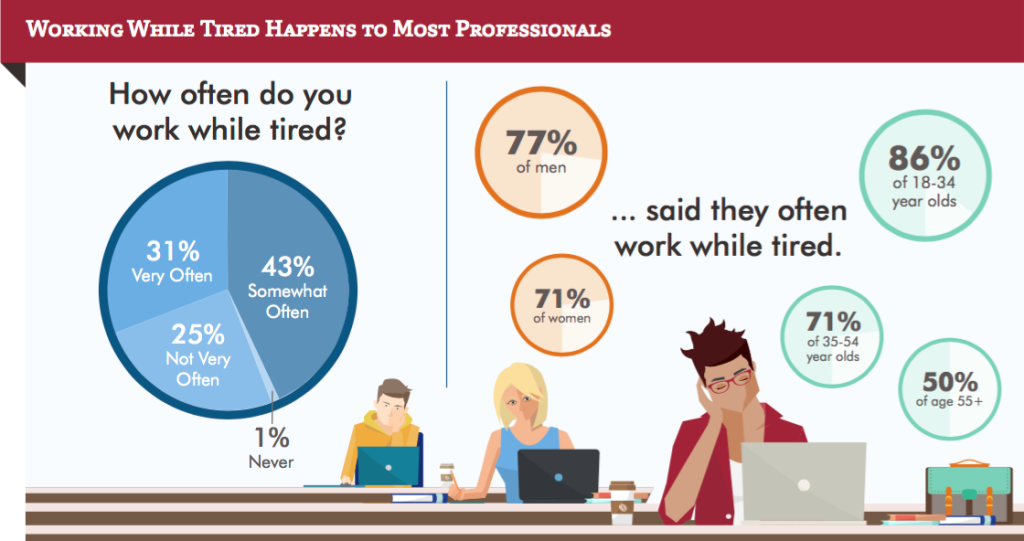 Be a responsible car owner and replace your tires when needed.
Be a responsible car owner and replace your tires when needed.
All car owners need to be on top of replacing their tires. How often should you replace your tires? It might vary from person to person, but there are standards in place to determine tire health. Is your car due for a tire replacement? Then check out Christian’s Tire Shop. We have all the name brands you could possibly want, right here in Albuquerque.
We believe everyone should be able to make financial decisions with confidence. And while our site doesn’t feature every company or financial product available on the market, we’re proud that the guidance we offer, the information we provide and the tools we create are objective, independent, straightforward — and free.
So how do we make money? Our partners compensate us. This may influence which products we review and write about (and where those products appear on the site), but it in no way affects our recommendations or advice, which are grounded in thousands of hours of research.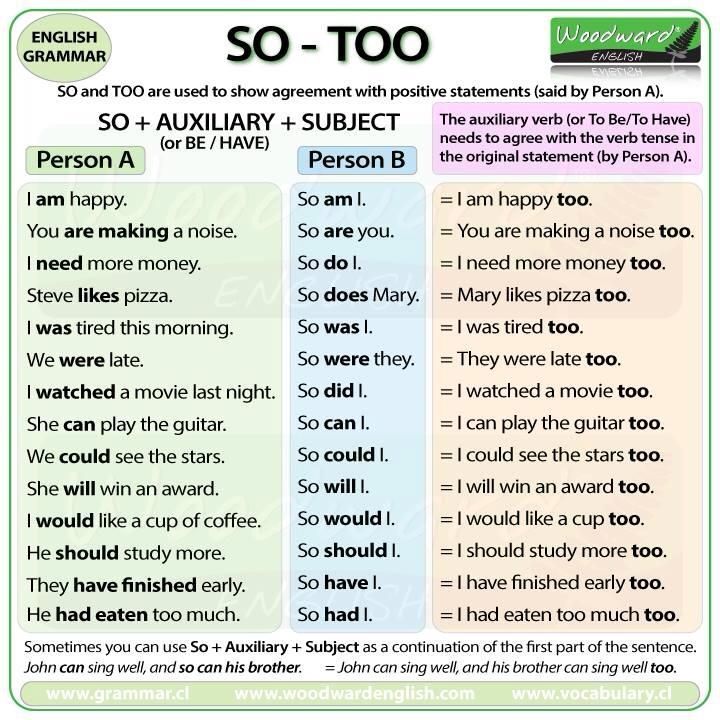 Our partners cannot pay us to guarantee favorable reviews of their products or services. Here is a list of our partners.
Our partners cannot pay us to guarantee favorable reviews of their products or services. Here is a list of our partners.
When the tread depth gets too low or your tires hit the six-year mark, it's time for new rubber.
Many or all of the products featured here are from our partners who compensate us. This may influence which products we write about and where and how the product appears on a page. However, this does not influence our evaluations. Our opinions are our own. Here is a list of our partners and here's how we make money.
While the consensus across the auto industry is that you should consider replacing your tires at least every six years, there’s no magic number for how often you should replace them.
Tires become unsafe when tread becomes too thin, rubber is degraded by time and temperature or their sidewalls are damaged. A flat is an inconvenience, but a blowout or sketchy grip can lead to an accident.
Although tires can be a substantial expense for a car owner to handle at one time, wear and tear — and their replacement — is mostly predictable. Here’s a rundown of how to determine if your tires need to be replaced and common signs that your tires aren’t up to par.
Here’s a rundown of how to determine if your tires need to be replaced and common signs that your tires aren’t up to par.
Tires have grooves known as tread that help them grip the road. While most new tires have a tread depth around 10/32nds of an inch, the tread wears down over time. This makes it more difficult to steer your vehicle, reduces traction and increases braking time.
The U.S. Department of Transportation deems tires that have tread at or below 2/32nds of an inch to be unsafe. While your tire technically has enough tread to drive at this point, it can be dangerous to drive your car in certain conditions or for long distances.
There are three ways to figure out your tires’ tread depth:
Tread wear indicators are built into tires and are raised, evenly spaced sections in the grooves of your tire tread. On new tires, they are not as high as the tread. However, when the tread reaches the same level as the indicators, it means it’s time to replace the tires.
Tire tread gauges are relatively cheap tools that let you measure your tread in thirty-seconds of an inch. This will show you the exact measurement of your tire tread.
The penny test lets you estimate tread depth based on where the tread hits a penny. To do this test, take a penny, turn it upside-down, and insert it straight down in the groove of a tire’s tread. Look straight on at the penny to determine where the tread hits President Lincoln’s profile. If you can see his entire head, you’ve hit the mark and need new tires.
Regardless of how many miles they’ve driven, tires degrade over time and become more prone to failure. Factors like environmental conditions, storage and maintenance can influence how long a tire will last even if it’s only driven a few hundred miles a month.
While there’s no set requirement for when to replace tires according to age, the general recommendation is to replace them six years after the manufacture date and to never drive on tires that are older than 10 years.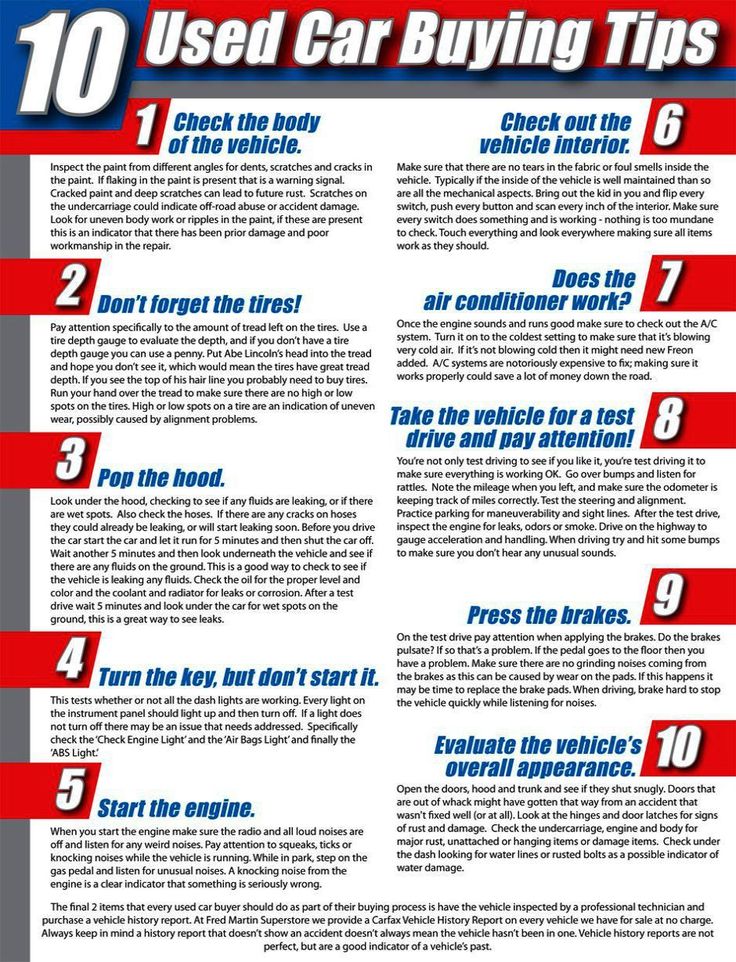
Of course there are other times when your tires are telling you it’s time for replacement despite what your tread measurement might say.
You moved to a new climate. Some tires are designed for specific conditions such as extreme temperatures. Winter tires, for example, have deeper tread and are meant to be more flexible in cold weather; driving them on warm pavement can wear them down more quickly. If you move to a new climate, pay attention to road conditions and weather patterns to determine if you need different tires.
You’re losing traction. If it feels like your car is slipping or sliding during wet weather, this could be a sign of low tire tread that is failing to channel water away effectively. Because tire tread can wear unevenly, you might not notice that some of your tread has worn thin and is affecting your traction.
Most modern cars activate a warning light when your car loses traction. If you are seeing this warning light more frequently as time goes on, check the condition of your tires.
If you are seeing this warning light more frequently as time goes on, check the condition of your tires.
Your tires aren’t holding pressure like they should. Certain types of tire damage, including debris between the rim and the tire and damage to the sidewall, can cause continuous pressure loss. Some damage might be repairable, but some situations will call for new tires.
🤓Nerdy Tip
An average of 2% air loss in tires is common for every drop of 10 degrees in outside temperature. So don’t worry if your tire pressure varies a bit when it starts to get colder outside.
About the author: Whitney Vandiver is a writer at NerdWallet currently focusing on small business. Read more
On a similar note...
Get more smart money moves – straight to your inbox
Sign up and we’ll send you Nerdy articles about the money topics that matter most to you along with other ways to help you get more from your money.
Sooner or later all tires wear out or get damaged and need to be replaced.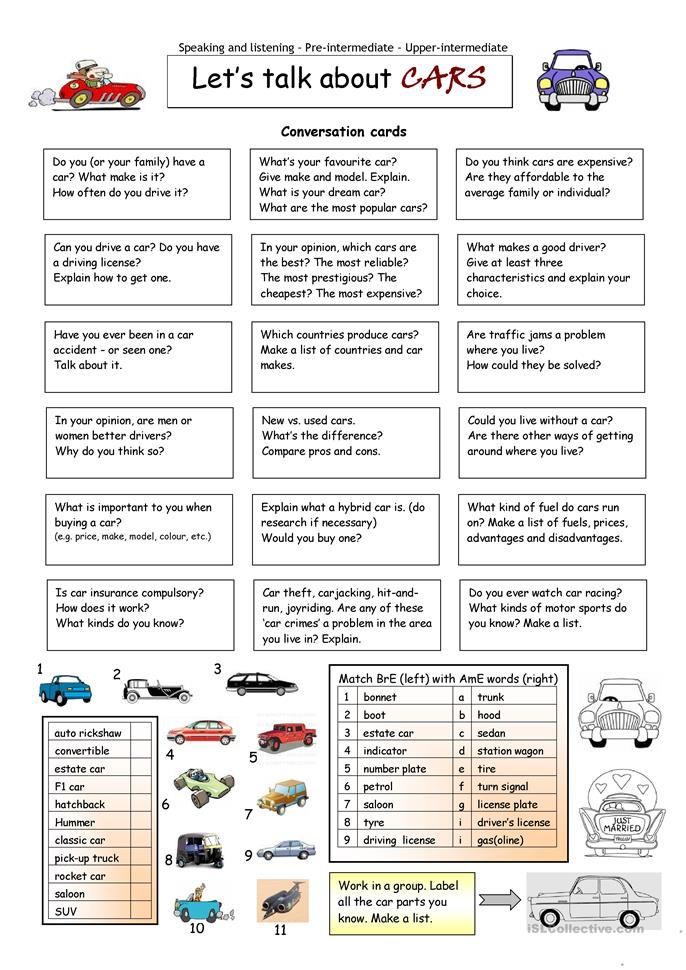
How quickly this happens depends on various factors, including how you drive, the natural conditions in your area, and how well your tires are cared for.
Tires should be checked regularly (at least once a month). The following are signs that indicate the need for tire replacement.
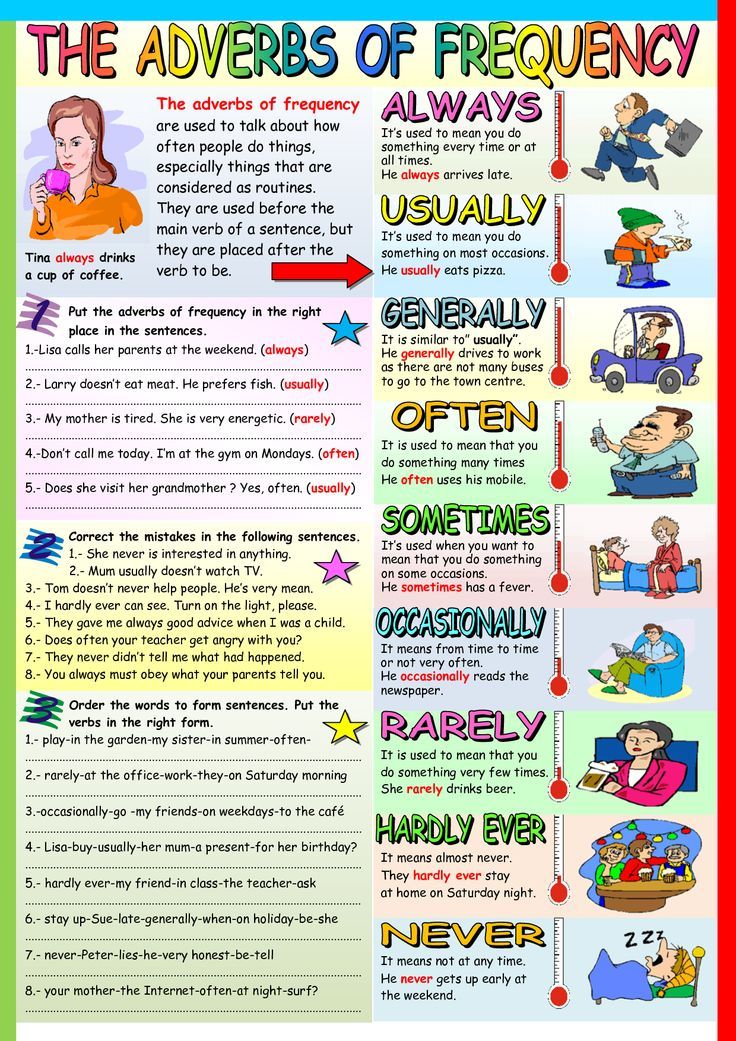 6 mm, the tire cannot be repaired.
6 mm, the tire cannot be repaired.
This is the best replacement. Excellent handling requires all four tires to be of the same type and size, unless otherwise recommended by the vehicle manufacturer.
When purchasing only two new replacement tires, make sure they are compatible with other tires in use and comply with current legislation and vehicle manufacturer's requirements.
Buying only two new tires, put them on the rear wheels for better grip and stability while driving.
If tires are to be used simultaneously, fit radial tires on the rear wheels.
Radial and non-radial tires on the same axle at the same time.
It is not recommended to use tires with different speed ratings on the same vehicle. If, nevertheless, the speed index of the tires is different, a pair of tires with the same indexes should be put on the same axle.
If, nevertheless, the speed index of the tires is different, a pair of tires with the same indexes should be put on the same axle.
New tires must have at least the original manufacturer's recommended load capacity.
90% of end-of-life used tires are recycled as fuel (in the US, Japan and Europe).
Before changing tires, read your vehicle owner's manual and follow the tire manufacturer's recommendations for changing tires. Changing the type or size of tires can greatly affect the handling of the vehicle.
Thursday, April 28, 2016 4:40:00 pm Europe/Moscow
It's not uncommon for drivers to ask for pressure checks or pressure adjustments. At the same time, only a few ask check the status of valve . Even taking into account the fact that in professional tire centers the valve is changed at every seasonal tire change, the driver himself should not forget about the importance of this, at first glance, small element of the wheel.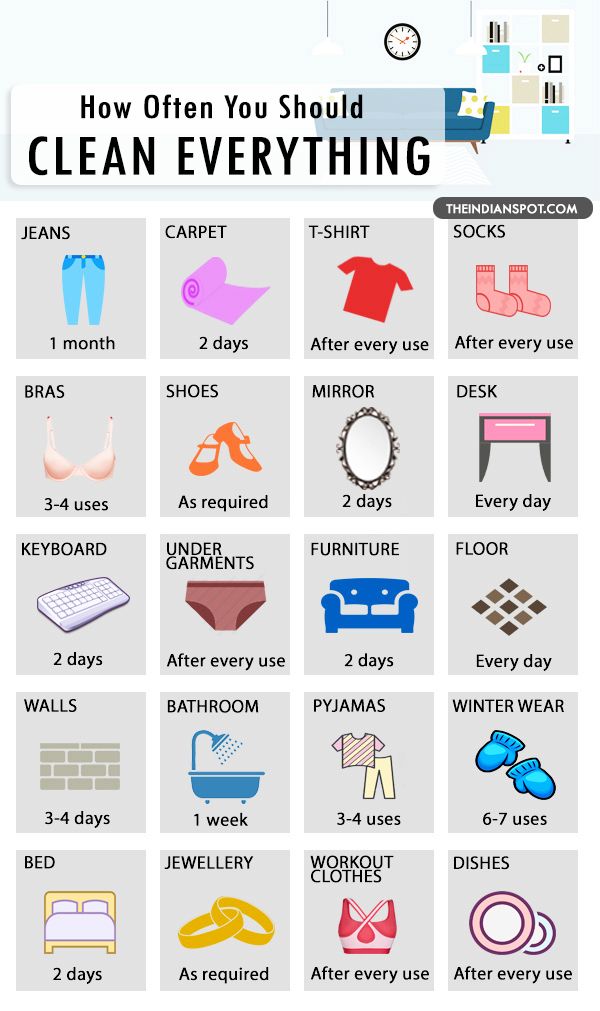 After all, a damaged valve can lead to a decrease in pressure, which in turn can lead to a slow and irreversible destruction of the tire from the inside. Timely inspection will help to avoid such problems.
After all, a damaged valve can lead to a decrease in pressure, which in turn can lead to a slow and irreversible destruction of the tire from the inside. Timely inspection will help to avoid such problems.
The valve consists of a valve body, a spool and a cap. The materials used in these parts are rubber, metal and some plastic.
Unfortunately, over time, rubber dries out, cracks, and metal can be damaged by chemicals. In addition, do not forget about the harsh operating conditions. So, during the rotation of the wheel, a serious load acts on the valve - about 1.7 kg at a speed of 100 km / h.
It is therefore important to choose the valve that best suits both the disc and the vehicle.
Most common tire shops offer TR414 (for steel rims) or TR414C (for alloy rims) valves.
It is this type of sale of valves that is widely practiced. And there are two reasons for this.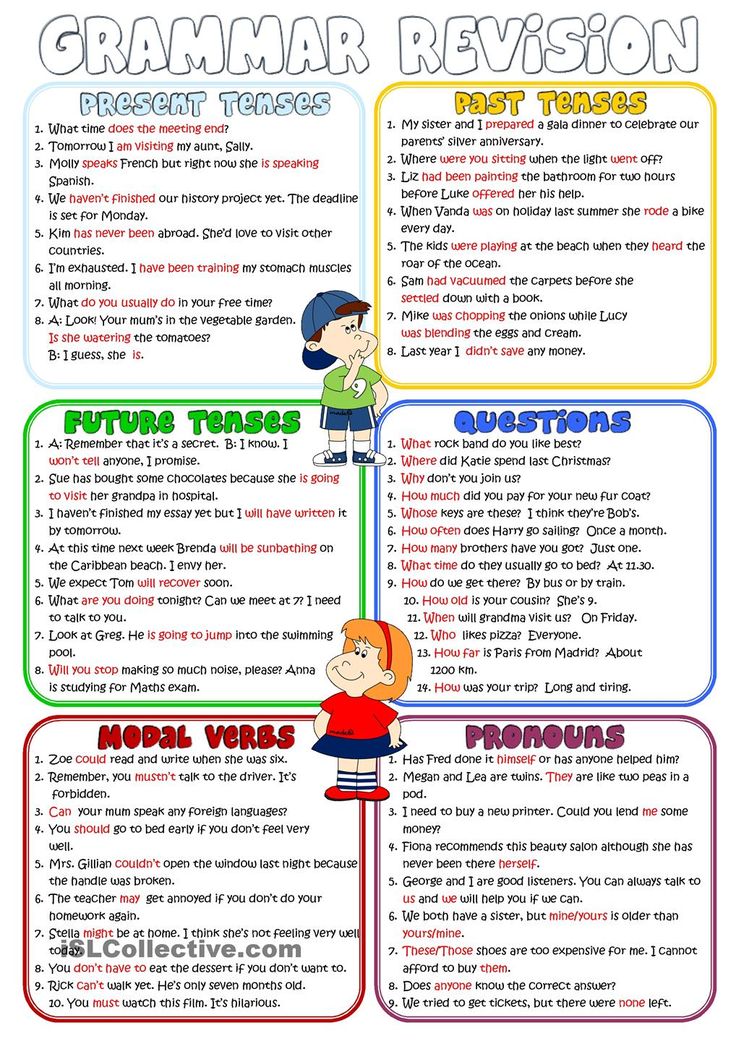 The first is the similarity in color, so chrome is not offered for stamped wheels (no one takes white metal to black), but only for cast ones (there are very few forged ones on sale). The second is the difference in price, chrome is more expensive, and stamped buyers take everything at a minimum.
The first is the similarity in color, so chrome is not offered for stamped wheels (no one takes white metal to black), but only for cast ones (there are very few forged ones on sale). The second is the difference in price, chrome is more expensive, and stamped buyers take everything at a minimum.
Discs fit both types of valves, but the difference is how they are sold.
Attention! Many mistakenly believe that C is a commercial valve (C-commercial), but in fact, C means that the valve has a chrome lining (C-chromium). This valve has no other differences from the standard one. The TR414C can handle a maximum of 4.5 bar just like a conventional valve.
However, there are also TR413 for alloy wheels. This valve is smaller and, unlike the TR414, is less prone to buckling, meaning it does not cause slow loss of pressure during high-speed driving.
In addition to the above types of valves, there are several more varieties of valves :
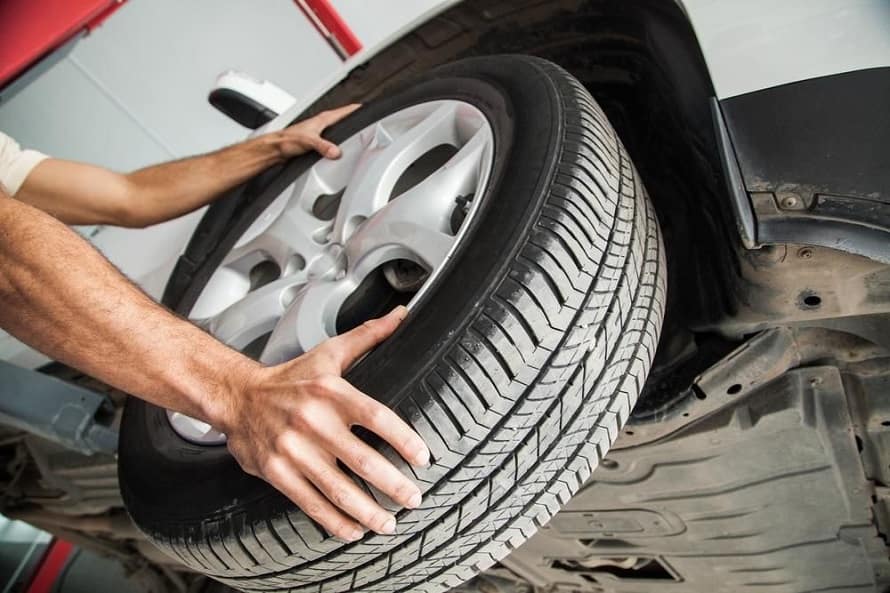 Due to the greater length, access to the valve is provided without the need to remove the cap.
Due to the greater length, access to the valve is provided without the need to remove the cap. Attention! The use of standard valves on vehicles carrying people and goods may result in tire failure.
Attention! The metal valve is much stronger than the standard one, however, and will need to be replaced over time.
The spool is a device that directs air by moving the moving part relative to the body in which it slides.
Spool types
Given the load and intensity of work, the spools are also subject to aging and various damage. Therefore, it is necessary to change them regularly as well (as a rule, when you change the valve, you get a new spool).
The main function of the cap - protect the spool from dirt. Therefore, it is necessary that each valve be equipped with a protective cap.
There are many different colored caps on the market, they can be metal or plastic. Recently, there has been a growing fashion for colored metal caps (usually made in China).